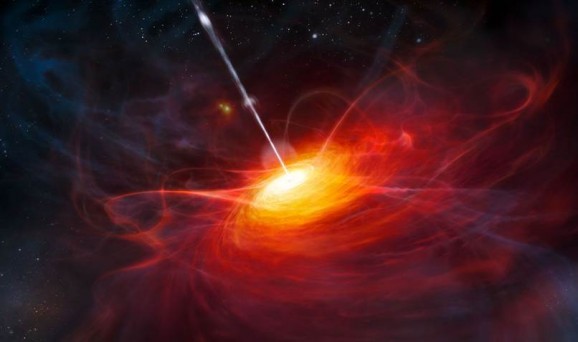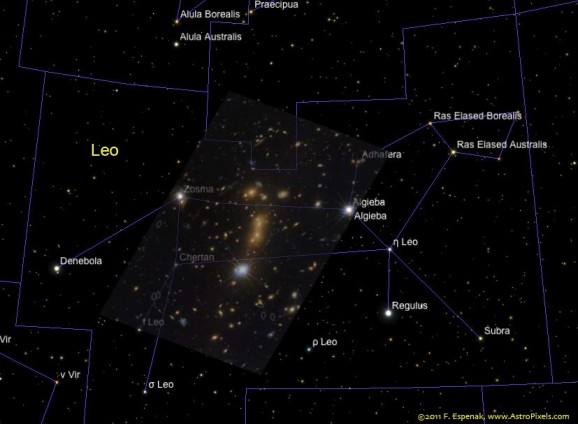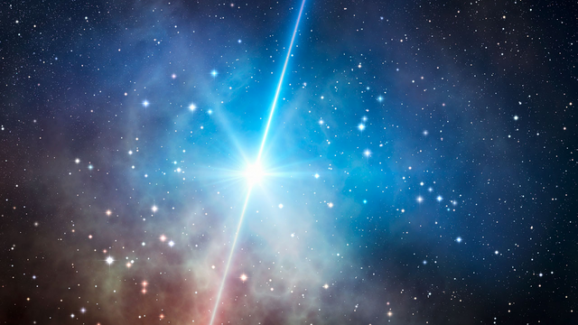Astronomers Discover Largest Structure In the Universe (So Far)
This article is more than 2 years old

Before now, the biggest structure in space was a 73-quasar cluster called Huge-LQG (Large Quasar Group), which is about 4 billion light years across. Before that, it was the Sloan Great Wall, at 1.4 billion light years across. Given that light travels at about six trillion miles per year (over 670 million miles an hour), 10 billion lights years is approximately…super huge, and would take about forever and a day to traverse, speaking technically, of course.

Identifying and mapping gamma ray bursts — short but intense bursts thought to be caused by exploding stars — helped scientists find this massive structure. Gamma ray bursts generally indicate the presence of a great deal of matter in a particular area, as material-rich areas tend to form bigger stars. By mapping the gamma ray bursts the way, say, Olivia Dunham maps fringe events, astronomers eventually noticed that one particular region of the universe had way more of these bursts than others. They then used information from the burst locations to estimate the size of the structure that spawned them. Scientists believe the structure contains galaxy clusters and other matter, but scientists will continue to monitor gamma ray bursts for more information.

At the moment, the scientists don’t know how a structure this massive might have developed, but suffice it to say, something significant used to be there. It’s particularly surprising given that a generally accepted principle of cosmology is that, when viewing the universe at a large scale, as the astronomers did here, matter should generally appear to have a uniform distribution, rather than what the astronomers observed here.
The more we learn, the more it turns out we don’t know. But if there’s one thing we can count on with space, it’s mind-boggling size. It’s as big as infinity. Plus one.












